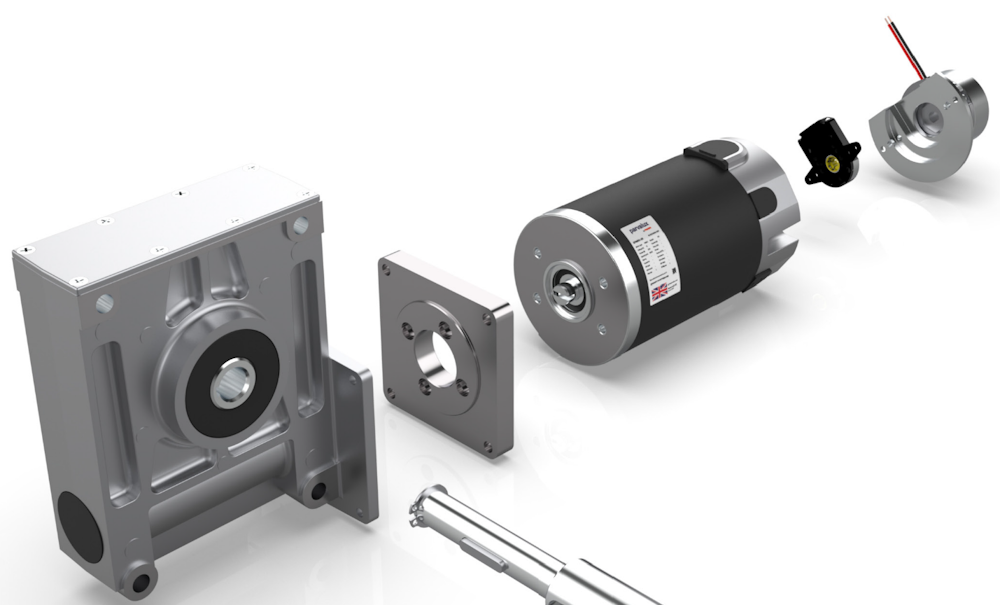
Medical device developers can now use RTI Connext and NVIDIA Holoscan. Source: Real-Time Innovations
Devices such as surgical robots need access to distributed, reliable, and continuous data streaming across different sensors and devices. Real-Time Innovations, or RTI, today said it is collaborating with NVIDIA Corp. to deliver real-time data connectivity for the NVIDIA Holoscan software development kit with RTI Connext.
“Connectivity is the foundation for cutting-edge technologies, such as AI, that are transforming the medtech industry and beyond,” stated Darren Porras, market development manager for medical at Real-Time Innovations. “We’re proud to work with NVIDIA to harness the transformative power of AI to revolutionize healthcare.”
“By providing competitive, tailored solutions, we are paving the way for sustainable business value across the healthcare, automotive, and industrial sectors, marking an important step toward a future where technology enhances the quality of life and drives innovation,” he added.
Founded in 1991, Real-Time Innovations claimed that it has 2,000 customer designs and that its software runs more than 250 autonomous vehicle programs, controls North America’s largest power plants, and integrates over 400 defense programs. The Sunnyvale, Calif.-based company said its systems also support next-generation medical technologies and surgical robots, Canada’s air traffic control, and NASA’s launch-control systems.
RTI Connext designed to reliably distribute data
The RTI Connext software framework enables users to build intelligent distributed systems that combine advanced sensing, fast control, and artificial intelligence algorithms, said Real-Time Innovations. This can help developers bring capable systems to market faster, it said.
“Connext facilitates interoperable and real-time communication for complex, intelligent systems in the healthcare industry and beyond,” according to RTI. It is based on the Data Distribution Service (DDS) standard and has been proven across industries to reliably communicate data, the company said.
Product teams can now efficiently build and deploy AI-enabled applications and distributed systems that require low-latency and reliable data sharing for sensor and video processing. Connext, which is available for free trials, allows applications to work together as one, said RTI.
NVIDIA Holoscan gets advanced data flows
RTI Connext provides a connectivity framework for the NVIDIA Holoscan software development kit (SDK), offering integration across various systems and sensors to complement its AI capabilities.
“Enterprises are looking for advanced software-defined architectures that deliver on low latency, flexibility, reliability, scalability, and cybersecurity,” said David Niewoldny, director of business development for healthcare and medical at NVIDIA. “With RTI Connext and NVIDIA Holoscan, medical technology developers can accelerate their software-defined product visions by leveraging infrastructure purpose-built for healthcare applications.”
Connext now integrates with NVIDIA’s AI sensor-processing pipelines and reference workflows, bolstering data flows and real-time AI processing across a system of systems. With capabilities for real-time visualization and data-driven insights, the technologies can help drive more precise and automated minimally invasive procedures, clinical monitoring, and next-generation medical imaging platforms. They can also help developers create smarter, integrated systems across industries, said the partners.
NVIDIA said Holoscan offers the software and hardware needed to build AI applications and deploy sensor-processing capabilities from edge to cloud. This can help companies explore new capabilities, accelerate time to market, and lower costs, said the Santa Clara, Calif.-based company.
NVIDIA Holoscan now supports interoperability with a wide range of legacy systems, such as Windows-based medical devices, real-time operating system nodes in surgical robots, and patient-monitoring systems, through RTI Connext.

 6 months ago
57
6 months ago
57








 English (US) ·
English (US) ·